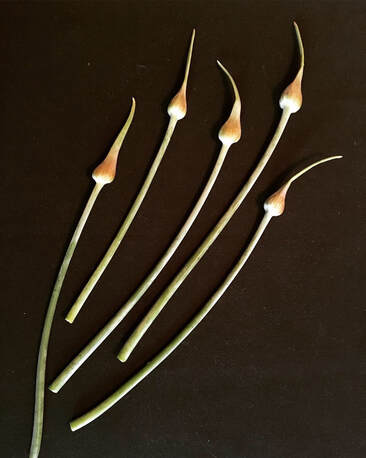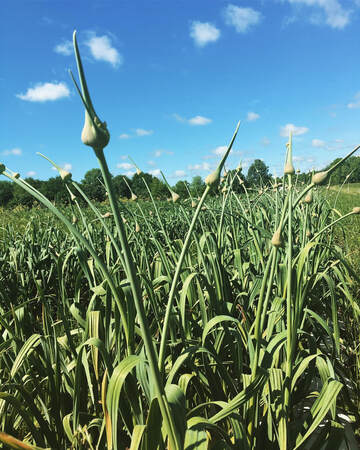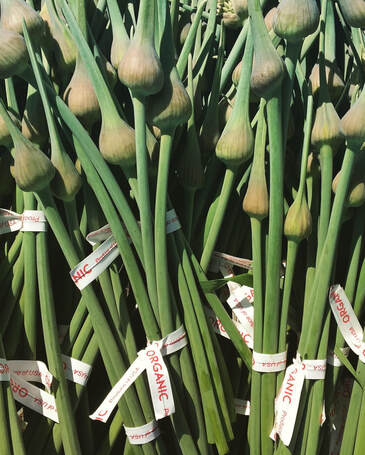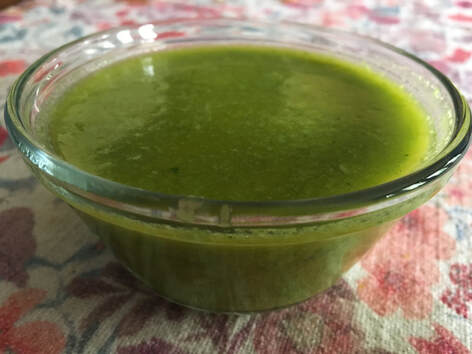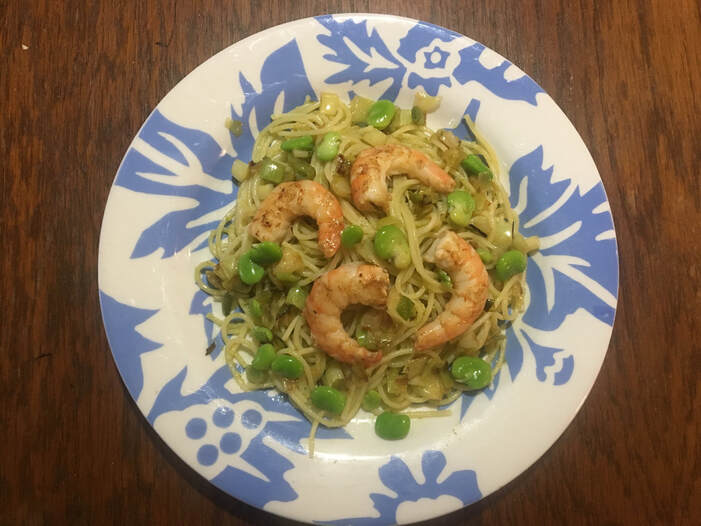Snow's Bend Farm
- Home
- Our CSA
- News from the Bend
- Contact Us
-
Recipe Index
- Beans
- Beets
- Bok Choy
- Broccoli
- Cabbage
- Carrots
- Collards
- Cucumbers
- Dill
- Eggplant
- Fava Beans
- Fennel
- Garlic Scapes
- Ginger
- Herbs
- Kale
-
Kohlrabi
-
Kohlrabi Recipe Contest
- Kohlrabi Noodles with Tataki Cabbage or Kale
- Kohlrabi Salad with Sesame Ginger Viniagrette
- Crispy Apple and Kohlrabi Salad
- Kohlrabi, Apple, and Beetroot Salad
- Kohlrabi Home Fries
- Roasted Kohlrabi with Parmesan
- Kohlrabi Risotto
- Mashed Kohlrabi and Potatoes
- Knol Khol Poriyal
- Kale and Kohlrabi Salad
- Apple Kohlrabi Salad
- Kohlrabi Zucchini Carrot Fritters with Herb Yogurt Sauce
-
Kohlrabi Recipe Contest
- Lemongrass
- Mustard Greens
- Napa Cabbage
- Okra
- Parsley
- Peppers
- Radishes
- Rainbow Chard
- Rapini
- Roselle
- Salad
- Sorrel
- Spring Onions
- Strawberries
- Summer Squash
- Sweet Potato
- Tomatoes
- Cherry Tomatoes
- Turnips
- Winter Squash
- Watermelon
- About Snow's Bend
- Farm Tours
- Home
- Our CSA
- News from the Bend
- Contact Us
-
Recipe Index
- Beans
- Beets
- Bok Choy
- Broccoli
- Cabbage
- Carrots
- Collards
- Cucumbers
- Dill
- Eggplant
- Fava Beans
- Fennel
- Garlic Scapes
- Ginger
- Herbs
- Kale
-
Kohlrabi
-
Kohlrabi Recipe Contest
- Kohlrabi Noodles with Tataki Cabbage or Kale
- Kohlrabi Salad with Sesame Ginger Viniagrette
- Crispy Apple and Kohlrabi Salad
- Kohlrabi, Apple, and Beetroot Salad
- Kohlrabi Home Fries
- Roasted Kohlrabi with Parmesan
- Kohlrabi Risotto
- Mashed Kohlrabi and Potatoes
- Knol Khol Poriyal
- Kale and Kohlrabi Salad
- Apple Kohlrabi Salad
- Kohlrabi Zucchini Carrot Fritters with Herb Yogurt Sauce
-
Kohlrabi Recipe Contest
- Lemongrass
- Mustard Greens
- Napa Cabbage
- Okra
- Parsley
- Peppers
- Radishes
- Rainbow Chard
- Rapini
- Roselle
- Salad
- Sorrel
- Spring Onions
- Strawberries
- Summer Squash
- Sweet Potato
- Tomatoes
- Cherry Tomatoes
- Turnips
- Winter Squash
- Watermelon
- About Snow's Bend
- Farm Tours
garlic scapes
Garlic scapes are the tips that emerge from the center of the plant in spring as it attempts to form a flower and seed. Harvesting it before it has flowered, it is a culinary treat!
An excerpt from Root to Leaf by Steven Satterfield:
“Hardneck (garlic) varieties have thick, fibrous, woody stems, and they form shoots called ‘garlic scapes’ that taste like a cross between asparagus and garlic. Blanch them, lightly roast or grill them, and they are ready to eat.”
“Hardneck (garlic) varieties have thick, fibrous, woody stems, and they form shoots called ‘garlic scapes’ that taste like a cross between asparagus and garlic. Blanch them, lightly roast or grill them, and they are ready to eat.”
Garlic Scape Pesto
1 bunch of garlic scapes, tops removed with ½ -inch of stem left and reserved for pickling, stems roughly chopped
½ cup extra virgin olive oil
Juice of one lemon
Salt, to taste
(I didn’t have any celery leaves on hand, but if I had I would have added about ½ cup)
Put all of these ingredients in a blender and blend until smooth.
Note: I tasted the pesto just like this and thought that it was alright, but once I added it to the freshly cooked pasta, the heat brought out the flavor immensely
½ cup extra virgin olive oil
Juice of one lemon
Salt, to taste
(I didn’t have any celery leaves on hand, but if I had I would have added about ½ cup)
Put all of these ingredients in a blender and blend until smooth.
Note: I tasted the pesto just like this and thought that it was alright, but once I added it to the freshly cooked pasta, the heat brought out the flavor immensely
To make the pasta, I prepared the fava beans to the second shelled stage, marinated the shrimp in lemon juice and salt, and cooked the spring onions on medium-low heat until soft and caramelized.
Then, while boiling pasta, I cooked the shrimp in a skillet in some brown butter.
Stir it all together and serve with a chilled glass of white wine.
Bon Appetit!
Then, while boiling pasta, I cooked the shrimp in a skillet in some brown butter.
Stir it all together and serve with a chilled glass of white wine.
Bon Appetit!
Garlic Scape and Walnut Pesto
From Vegetable Literacy by Deborah Madison
Makes about 1 cup
“Spread the pesto on crostini, stir into soups, or toss with pasta or potatoes.”
1 cup thinly sliced garlic scapes
¼ cup walnuts
¼ cup walnut or olive oil
¼ cup olive oil, or as needed
Sea salt
Parmesan cheese, for grating
Freshly ground pepper
Put the scapes and walnuts in a food processor and pulse to break them up. With the motor running, gradually pour in the walnut and olive oils until the mixture is smooth, adding more olive oil if needed for a good consistency. Add ½ teaspoon salt, then the cheese, and pepper to taste.
Use immediately or cover and refrigerate for up to a week.
From Vegetable Literacy by Deborah Madison
Makes about 1 cup
“Spread the pesto on crostini, stir into soups, or toss with pasta or potatoes.”
1 cup thinly sliced garlic scapes
¼ cup walnuts
¼ cup walnut or olive oil
¼ cup olive oil, or as needed
Sea salt
Parmesan cheese, for grating
Freshly ground pepper
Put the scapes and walnuts in a food processor and pulse to break them up. With the motor running, gradually pour in the walnut and olive oils until the mixture is smooth, adding more olive oil if needed for a good consistency. Add ½ teaspoon salt, then the cheese, and pepper to taste.
Use immediately or cover and refrigerate for up to a week.
